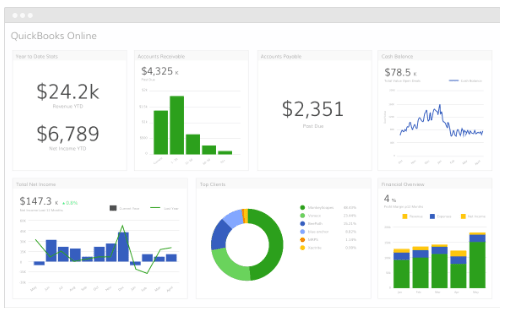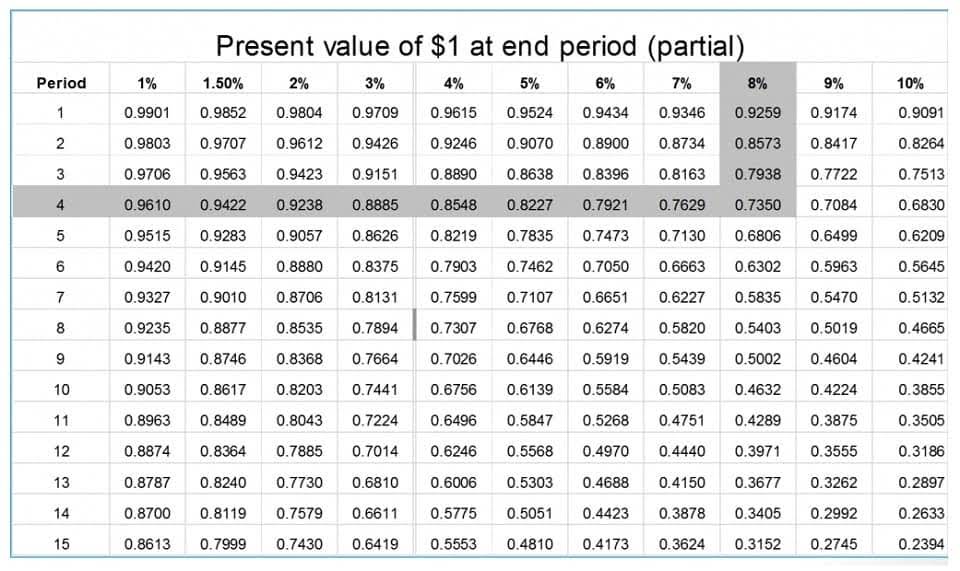
FastTrack company buys one-year insurance for its delivery truck and pays $1200 for the same on December 1, 2017. Now that the company has prepaid for services to be used, it is classified as an asset. While insurance companies may invest in assets with varying levels of liquidity and returns, they are required to maintain a certain level of liquidity at all times.
- This means that the debit balance in prepaid insurance on December 31 will be $2,000.
- Policyholders may choose from several options for paying their insurance premiums.
- When someone purchases prepaid insurance, the contract generally covers a period of time in the future.
- HighRadius empowers accounting teams to work more efficiently, accurately, and collaboratively, enabling them to add greater value to their organizations’ accounting processes.
- But, as the products and services are received, prepaid expenses are recognized on the income statement for each period when the money is spent.
- Prepaid expenses are payments for goods or services that will be received in the future.
Risk mitigation

When a company pays its insurance payments in advance, it makes a debit entry to its prepaid insurance asset account. As the coverage term progresses and sections of the prepaid insurance are expensed, the prepaid insurance account is credited to reflect the decrease in the prepaid amount. For example, if a company pays $12,000 for an annual insurance coverage, their monthly prepaid insurance expense is $1,000 ($12,000/12 months). This method https://www.bookstime.com/ guarantees that expenses are accurately allocated during the prepaid period, reflecting the steady utilization of insurance coverage. However, if in case the company pays for more than a year, then the prepaid expense will no longer be a part of the current asset. Regardless, the company must make adjusting entries to record insurance expense matched to each month and transfer it from prepaid insurance to insurance expense account.
Is prepaid insurance a debit or credit entry?
The initial entry is a debit of $12,000 to the prepaid insurance (asset) account, and a credit of $12,000 to the cash (asset) account. In each successive month for the next twelve months, there should be a journal entry that debits the insurance expense account and credits the prepaid expenses (asset) account. From a financial accounting perspective, prepaid insurance is considered a prepayment. Recorded as a current asset on the balance sheet, it is progressively accounted for on the income statement as expenses, reflecting the utilization of insurance coverage in each accounting period.
Insurance As a Prepaid Expense
An insurance premium is the amount of money an individual or business pays for an insurance policy. Insurance premiums are paid on policies that when a business pays for insurance, prepaid insurance is cover a variety of personal and commercial risks. If the policyowner fails to pay the premium, the insurance company may cancel the policy.
- Accounting prepaid expenses are recorded as assets in the balance sheet and are expensed in the income statement over the period of benefit.
- Similarly, a prepaid insurance expense is a prepaid expense that has been paid for by the company.
- To pass an adjustment entry, one must debit the actual expense and credit the prepaid expense account throughout the amortization.
- In each successive month for the next twelve months, there should be a journal entry that debits the insurance expense account and credits the prepaid expenses (asset) account.
- The adjusting journal entry is done each month, and at the end of the year, when the prepaid expense has no future economic benefits, the prepaid expense balance would be zero.
- Prepaid expenses, such as prepaid rent and prepaid insurance, represent assets for a business until they are used.
- We’ve outlined the procedure for reporting prepaid expenses below in a little more detail, along with a few examples.
Investguiding is a website that shares useful knowledge and insights for everyone about finance, investing, insurance, wealth, loans, mortgages, and credit. HighRadius empowers accounting teams to work more efficiently, accurately, and collaboratively, enabling them to add greater value to their organizations’ accounting processes.

On November 20, the payment is entered with a debit of $2,400 to Prepaid Insurance and a credit of $2,400 to Cash. The age at which you begin coverage will determine your premium amount, along with other risk factors (such as your current health). Conversely, the older you get, the more you pay in premiums to your insurance company.
Journal Entry for Prepaid Insurance
Prepaid insurance is initially recorded as a current asset in the general ledger. Over time, as coverage lapses, adjusting journal entries are made to transfer the relative insurance premium amount to expenses. These are payments paid in advance for goods or services that will be received in the future. It provides the benefit of obtaining services at a predetermined cost, which aids in budgeting and financial stability. Among these, one particularly important type of prepaid expense is prepaid insurance. If a prepaid expense, such as an insurance premium payment, is not utilized within 12 months of the remittance, it’s considered a long-term asset.

The payment is entered on November 20 with adebitof $2,400 to prepaid insurance and a credit of $2,400 to cash. As of November 30, none of the $2,400 has expired and the entire $2,400 will be reported as prepaid insurance. Prepaid insurance is usually considered a current asset, as it becomes converted to cash or used within a fairly short time. But if a prepaid expense is not consumed within the year after payment, it becomes along-term asset, which is not a very common occurrence. The payment of the insurance expense is similar to money in the bank—as thatmoney is used up, it iswithdrawn from the account ineach month oraccounting period.

